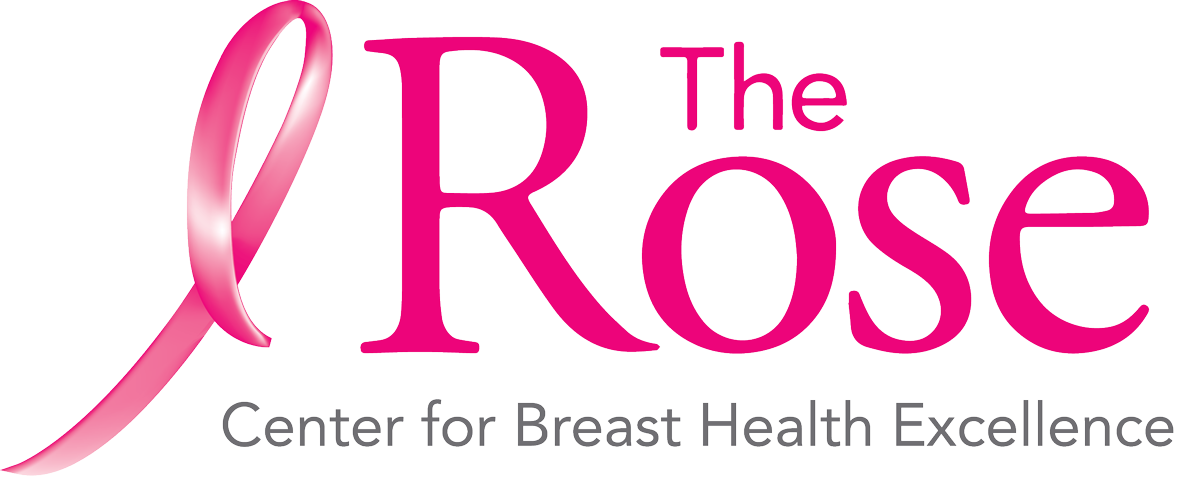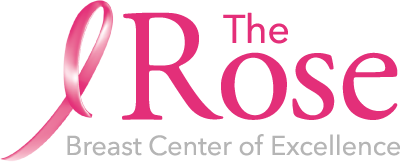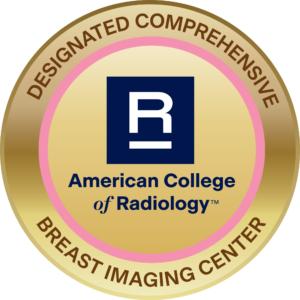I don’t need studies to know that writing down goals works. I’ve seen the proof over and over. Still there is impressive research surrounding goals and why writing them down makes a difference.
The 1979 Harvard study found that only 3% of the graduating class had written down their goals. Ten years later, those 3% were earning 10 times as much as all their other classmates.
Years later, wanting to verify that the Harvard study ever existed or had validity, Dr. Gail Matthews, a psychology professor at Dominican University in California, gathered 267 people — men and women from all over the world, and from all walks of life. The youngest was 23 and the oldest 72.
She divided the participants into groups, according to who wrote down their goals and who didn’t. She discovered that those who wrote down their goals on a regular basis achieved those desires at a significantly higher level than those who did not. In fact, she found that you become 42% more likely to achieve your goals and dreams, simply by writing them down on a regular basis.
Referring to Matthews’ work, world-class inspirational speaker, executive coach, and corporate consultant, Mary Morrissey explained the ‘whys’ behind the success of writing down goals. Seems the process of 1) dreaming up the goal or desired intent and 2) using the hand/eye coordination to capture them on paper or computer means that both sides of our brains are engaged—right side for dreaming, left side for writing.
I realize for some folks the very word “goal” generates all kinds of stress and anxiety. Maybe using the word ‘possibilities’ is a better choice. Not as tangible but certainly “mind opening.”
Whatever the studies show and whichever word is used, I love goals. I get excited about the process of creating them and totally enjoy my annual ritual of writing them down.
For me, the first weeks of January are all about goals, not resolutions, but goals. I love to think about all the possibilities that the coming year could hold. I’ve written down my goals since I was in my mid-twenties and believe me, it works.
Each year my goal is to have 104 goals. I know that sounds excessive but bear with me.
Not all goals are life altering. True, some of my goals are huge and may take more than twelve months to accomplish. Many of my goals are stretch goals and will mean a personal commitment of time, energy and money.
Others goals I call ‘maintenance’ goals—having my hair and nails done monthly, or a massage at least quarterly. Some are geared toward self-growth and education—going to two seminars annually or reading 3 books a month. Some are about lifestyle—walking 2 miles 5 days a week or drinking 60 ounces of water each day. The most fun ones to conjure up involve pleasure, determining how many great movies I’ll see or how often I’ll take mini-vacations with my spouse.
Creating goals really isn’t that complex; it requires an afternoon of dreaming about the possibilities and writing them down.
Since 1989, I’ve encouraged my employees to write down their goals, save a copy if they want and put their list in a sealed envelope. Then they give their envelope to me for safe keeping until January of the following year. I love seeing the looks on their faces when they open their envelopes. No matter how many goals they had listed, they are always surprised and usually pleased at the results.
While it isn’t all that hard to create goals, there are some ‘guidelines’ that I’ve learned over the years; tips to follow that ensure your success and make the process fun.
Be sure to write your goals in the present tense.
The words ‘I will’ aren’t as powerful as ‘I have’ or ‘I enjoy’ or ‘I create.’ Other words to avoid are ‘want’ and ‘need.’ Using those words almost guarantees that you’ll keep wanting or needing whatever it is you listed.
The word I’ve come to love the most when working on goals is ‘explore.’ Many times we don’t know ‘exactly’ what it is we hope to see happen or we’re not even sure it’s really a desire so the goal might read: ‘I explore a new car.’
Watch the words you use.
Be careful of using terms like ‘lose’ because the Universal Laws have a way of interceding and insisting we must find whatever we have ‘lost.’
Losing weight is usually top of folk’s lists but a better way is to say: “My clothes fit perfectly’ or ‘I am at my perfect weight” or “I add plenty of fresh veggies to my meals.”
Attract is another powerful word.
I’m only ok with goals for romantic relationships that start with “I find” a husband/wife or the man/woman of my dreams. I know from experience that saying “I am in the presence of my Beloved” will evoke mighty results.
Don’t stop the flow with don’t.
Above all, never include words like don’t as in I ‘don’t’ want to be strapped for money or I ‘don’t’ want to be alone. For reasons I have no way of understanding, the mind simply eliminates the word ‘don’t’ and whatever you most fear is set in motion.
A few hours can mean the change of a lifetime.
Yes, it takes a little practice (and time) but try it! Create 5, 10 or 100 goals for 2018. Write them down! Make them fun, exciting, adventurous. Allow them to stretch you a bit. No matter if you look at them daily or put them away until January 2019, you’ll be amazed at the outcome.
Send them to me if you like. It would be my honor to be the keeper of your goals and dreams and celebrate them coming true with you around this time next year.
Enjoy.
To schedule a media interview with any member of The Rose, please contact Ivis Batista at 978-885-7306 or email [email protected]. For more information, or to donate or volunteer, please visit www.therose.org.
About The Rose
Since 1986, The Rose has provided a full range of breast health services to more than one million patients. Its mission is to save lives through quality breast health services, advocacy and access to care for all. As one of 12 ACR Designated Comprehensive Breast Imaging Centers in Houston, The Rose is led by Fellowship trained physicians and its nationally recognized Patient Navigation Program ensures access to treatment and a continuum of care for all women. As a major part of Southeast Texas’ Healthcare Safety Net, The Rose is a strong advocate for access to care. Annually, The Rose provides direct medical services to 40,000 insured and uninsured patients. Two Houston-based comprehensive Diagnostic Centers and a fleet of Mobile Mammography Coaches provide services to women throughout 45 counties in Southeast Texas.



